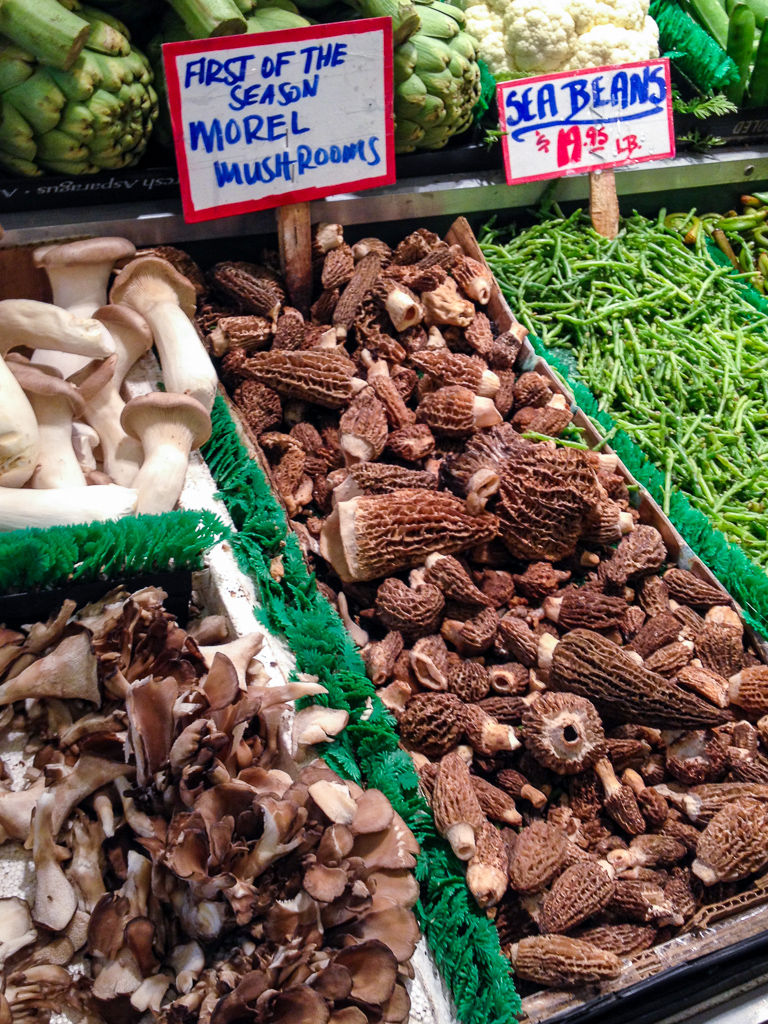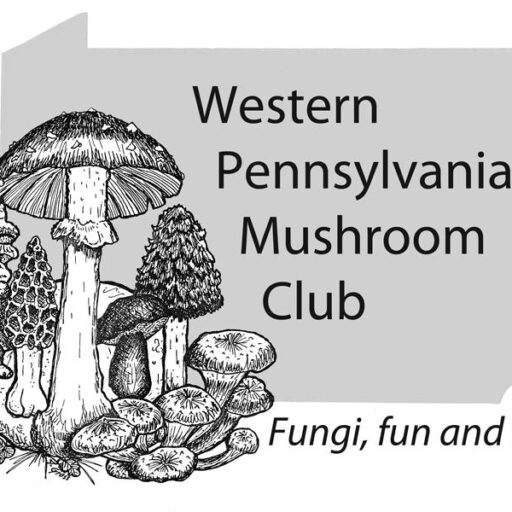Regulation of sales of mushrooms in PA.

Food Safety & Laboratory Services prior to harvesting. To be approved you need to have taken one of two accepted a mushroom ID courses or hold a Masters degree or higher in Mycology or have written verification from an already identified mushroom expert.
The regulations include an approved list of species that can be sold in PA but that list seems to be orientated towards species found on the west coast. If you take a training course from one of the mushroom ID courses it will certify you for a a list of species that are appropriate to our area:
- Hen of the Woods (grifola frondosa) – Japanese name is “Maitake”, a cluster of fan shaped
overlapping caps. - Golden Chanterelle (cantharellus cibarius), White Chanterelle (cantharellus subalbidus),
Blue Chanterelle (polyozellus multiplex) – funnel shaped with ridges and cross-veins under
cap. - Black Trumpet (cantharellus tubaeformis) – trumpet shaped with ridges and a hole in the
cap center, hollow stem. - Hedgehog Fungus (hydnum repandum, dentinum albidum, dentinum repandum, dentinum
umbilicatum) – matte white to yellow brown with spines under the cap, wavy- edged cap. - Common Puffball (lycoperdon perlatum) – white conical spines on the cap, net pattern
when spines rubbed off, white uniform flesh. - Horn of Plenty (craterellus cornucopioides) – wavy and out-rolled cap, funnel shaped.
- Cauliflower Mushroom (sparassis crispa) – cauliflower or sea sponge shaped, curved lobes.
- Chicken of the Woods (laetiporus sulphureus) – sulphur yellow to orange, grow in brackets,
tubes present. - Lion’s Mane or Bear’s Head or Bearded Tooth (hericium erinaceus) – spines present with
what appears to be hanging, white “fur”. - Various bolete species to include: Queen Bolete (boletus aereus), King Bolete or Cepe or
- Porcini (boletus edulis), Manzanita Bolete (leccunum manzanitae) – brown to red brown
and spongy under the cap, no gills present. - Matsutake (armillaria ponderosa, tricholoma magnivelare) – tannish white cap with brown
scales. - Blewit (lepista nuda) – bluish lavender with notched cap and gills.
- Morels (morchella spp.) – sponge, pinecone or honeycomb shape with pits and ridges.
- Oyster Mushroom (pleurotus ostreatus) – white, tan or ivory with short gills connecting to
an off-center stem. - Shaggy Mane or Lawyer’s Wig (coprinus comatus) – long, white cylindrical cap with shaggy,
upturned brown scales. - Coral Fungi (clavariaceae) – appear as branching stems pointing upward like coral.
- Truffles (tuber aestivum, tuber magnatum) – black to gray and brown/white, irregular
round shape.
Note that the names and descriptions are taken from the official documentation and are not completely correct or necessarily match the exact species found here!
Regulatory Requirements are listed in the document which include tracking the name of the species, contact information for the harvester, location of the harvest, dates and weight of harvest. This record needs to be kept with the mushrooms after the sale by the harvester and retained for at least 90 days after the last mushroom is sold. For complete details please refer to the document itself.
Edible wild harvested mushrooms for retail sale shall not be harvested from Federal, State, and local parks and forests. For information about where you can legally pick mushrooms for personal use see the Mushroom Picking Rules & Regulations in PA page. The information provided on this page is not legal advice, but only observations based on WPMC’s experience and, where possible, links to further information. The information provided here is not intended to be comprehensive and you should consult an attorney or the relevant government agency for more information about buying to selling mushrooms in Pennsylvania. We would like to thank Ryan E. Hamilton, Esq. from Fair Shake Environmental Legal Services for the presentation he made to the club in August 2016 that helped form the initial draft of this document.
WPMC does promote the gathering of mushrooms–where permitted–for recreational, educational and scientific purposes.
Document updated in May 2019.


Recent Comments